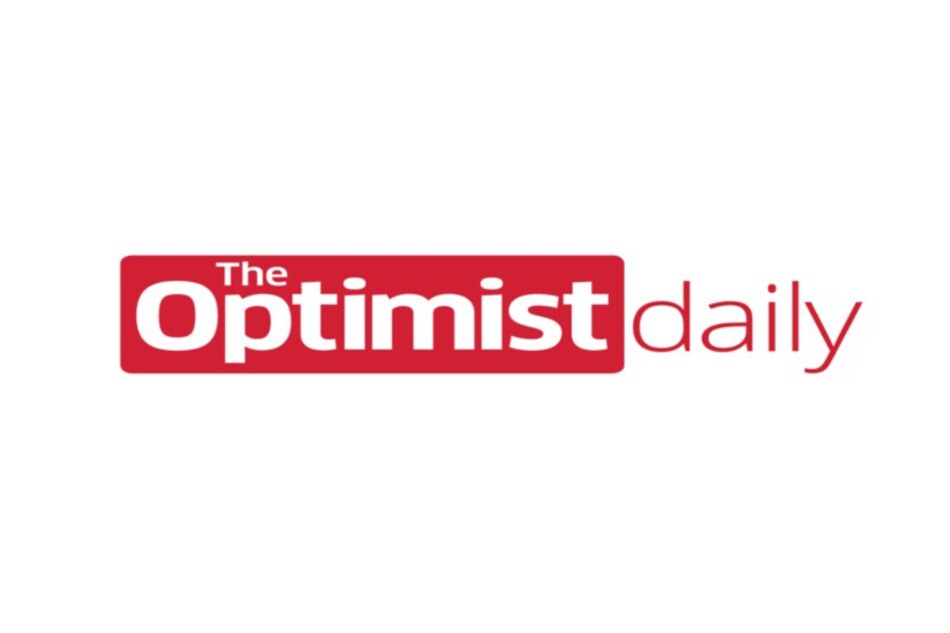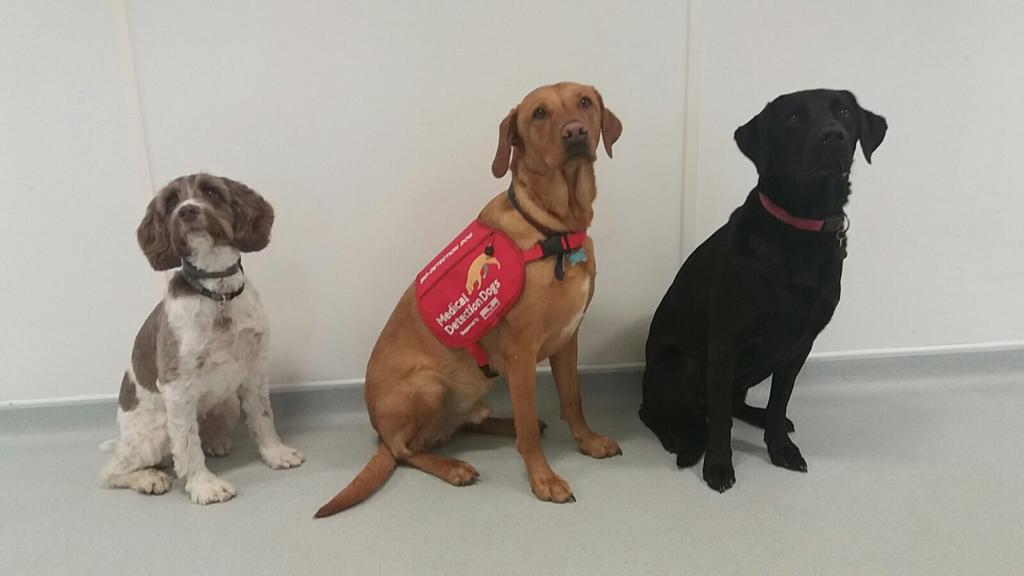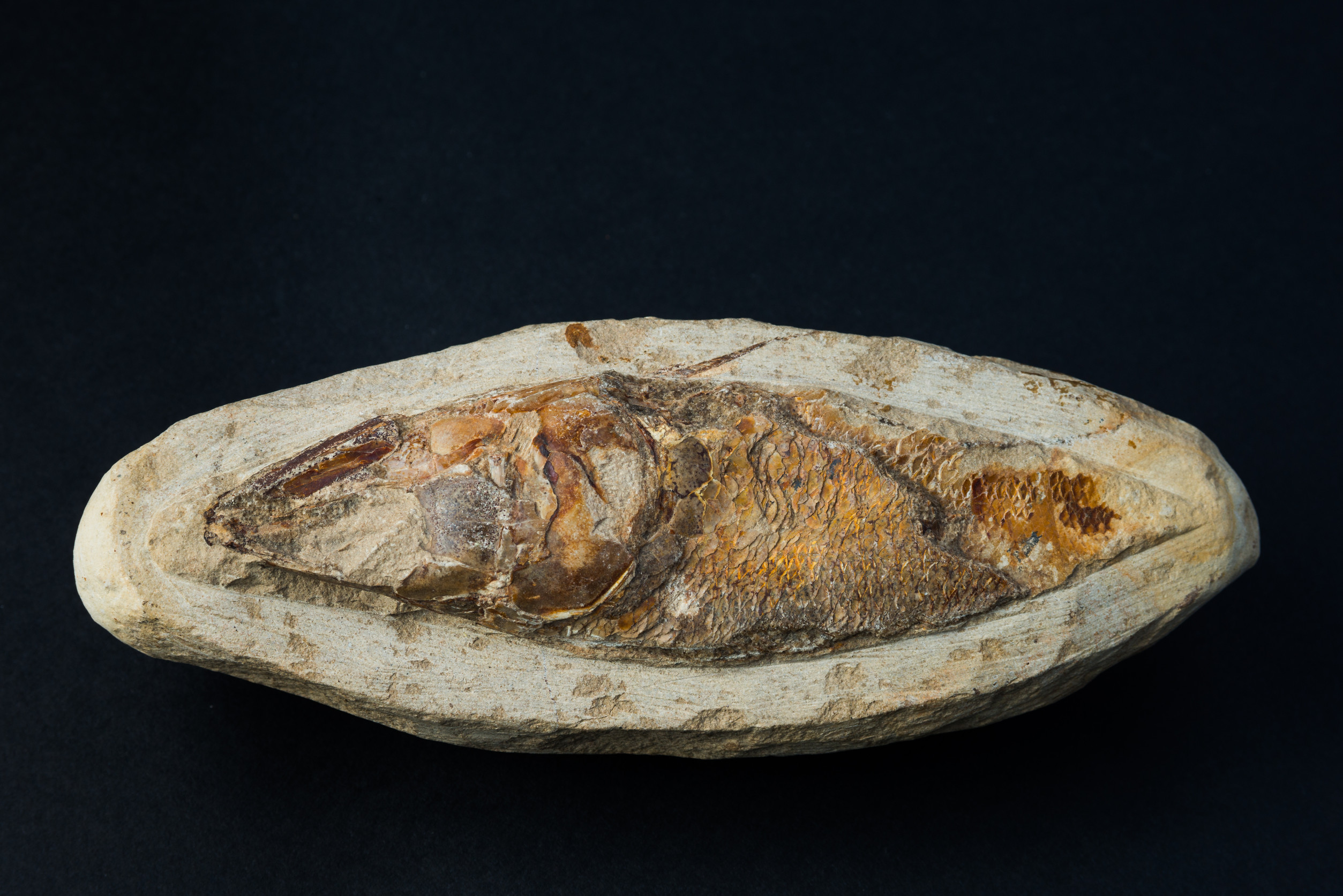200 million adults over the age of 65 suffer from age-related hearing loss around the world. In response, scientists at the Georgia Institute of Technology have designed a hearing aid device that uses only a dollar’s worth of open-source parts and a 3D-printed case to function.
The ultra-low-cost device, known as LoCHAIid, can be easily manufactured and repaired in locations where conventional hearing aids are priced beyond the reach of most citizens. It’s also expected to meet most of the World Health Organization’s targets for hearing aids aimed at mild to moderate age-related hearing loss. The prototypes built so far look like wearable music players instead of a traditional behind-the-ear hearing aids.
Worldwide, hearing aid adoption remains relatively low, particularly in low- and middle-income countries where fewer than 3% of adults use the devices—compared to 20% in wealthier countries. One of the main barriers is the cost of hearing aids, which go for about $4,700 a pair in the US on average.
That’s what makes this new hearing aid so special. Costing just a dollar to produce and minimal work to assemble, this could improve hearing for millions of people around the world.











